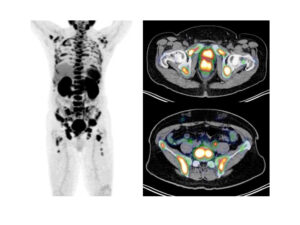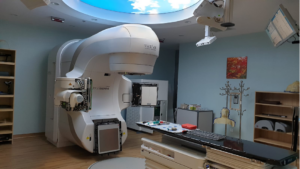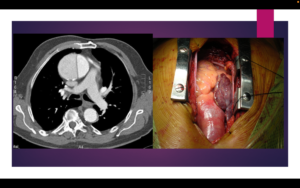Exploring Varied Approaches to Radiotherapy in Cancer Treatment
Introduction: Radiotherapy, a cornerstone in the arsenal against cancer, has evolved significantly over the years. In the treatment of common cancers, various types of radiotherapy techniques are employed, each with its unique advantages and considerations. This article explores some of the prominent radiotherapy modalities and their applications in the battle against cancer.
- External Beam Radiotherapy: One of the most conventional forms of radiotherapy is External Beam Radiotherapy (EBRT). In EBRT, high-energy beams are directed externally towards the tumor. This method is effective in treating various cancers, including lung, breast, and prostate cancers. Technological advancements, such as Intensity-Modulated Radiation Therapy (IMRT) and Stereotactic Body Radiation Therapy (SBRT), have enhanced precision, minimizing damage to surrounding healthy tissues.
- Brachytherapy: Brachytherapy involves placing a radioactive source directly into or near the tumor. Commonly used in prostate, cervical, and breast cancers, brachytherapy enables the delivery of high doses of radiation to the targeted area while sparing nearby healthy tissues. The approach can be permanent or temporary, providing flexibility in treatment planning.
- Image-Guided Radiotherapy (IGRT): IGRT combines radiotherapy with imaging techniques, such as CT scans or MRIs, to precisely target tumors. This approach is particularly valuable in cancers with movement, like lung or liver cancers. By continuously monitoring and adjusting for organ movement, IGRT improves accuracy, ensuring the radiation hits the intended target with minimal impact on healthy tissues.
- Proton Therapy: Proton therapy utilizes protons, rather than traditional X-rays, to deliver radiation. This method offers a more precise dose delivery, reducing radiation exposure to surrounding tissues. Proton therapy is often employed in pediatric cancers and tumors located near critical structures. While its use is expanding, limited access to proton therapy centers remains a challenge.
- Tomotherapy: Tomotherapy integrates CT imaging and intensity-modulated radiation therapy (IMRT) in a single treatment unit. This combination allows for the continuous imaging of the tumor during treatment, enabling real-time adjustments. Tomotherapy is advantageous in complex cases where precision is crucial, like in head and neck cancers.
- Stereotactic Radiosurgery (SRS) and Stereotactic Body Radiation Therapy (SBRT): SRS and SBRT are specialized forms of radiotherapy that deliver high doses of radiation in a precisely targeted manner. SRS is often used for brain tumors, while SBRT is employed for tumors in the body, such as the lungs or liver. These techniques are completed in fewer sessions than traditional radiotherapy, offering convenience to patients.
Conclusion: As we delve into an era of personalized medicine, the diverse landscape of radiotherapy options plays a crucial role in tailoring cancer treatment to individual needs. External beam radiotherapy, brachytherapy, image-guided radiotherapy, proton therapy, tomotherapy, and stereotactic techniques represent a spectrum of tools at the oncologist’s disposal. The future promises continued innovation, striving for increased efficacy and reduced side effects, ultimately improving the quality of life for cancer patients worldwide.
By Dr Francis Chin Kuok Choon
Radiation Oncologist
Icon Cancer Center

























